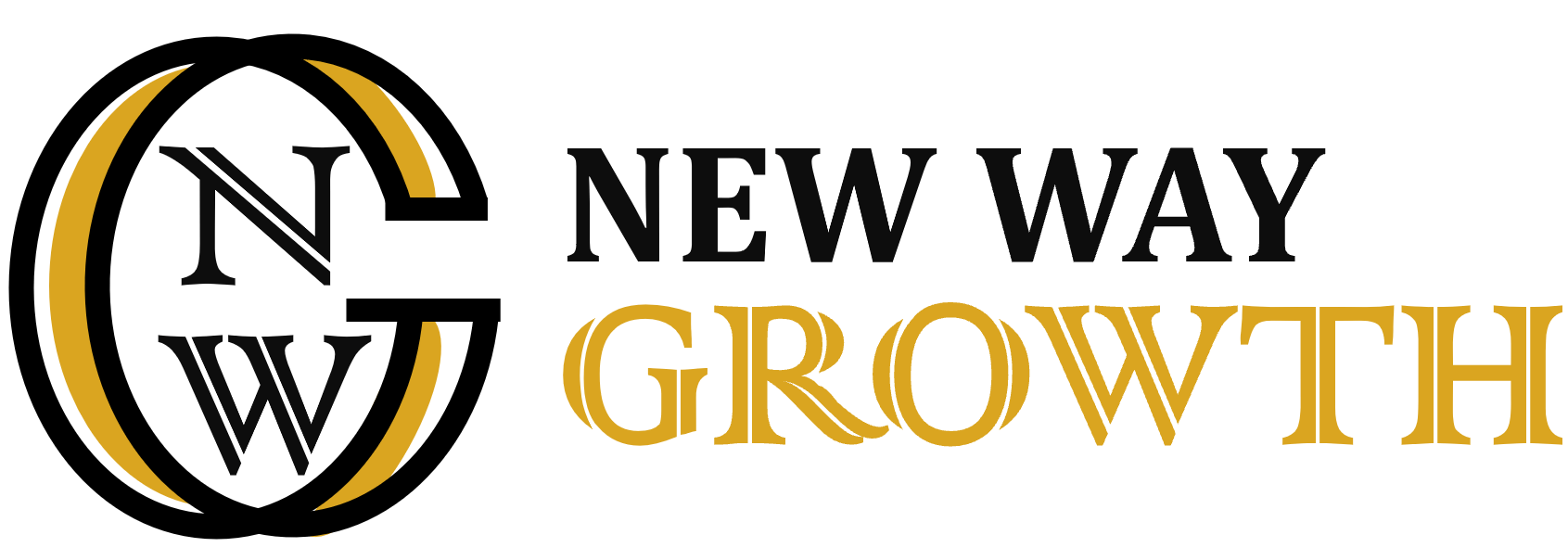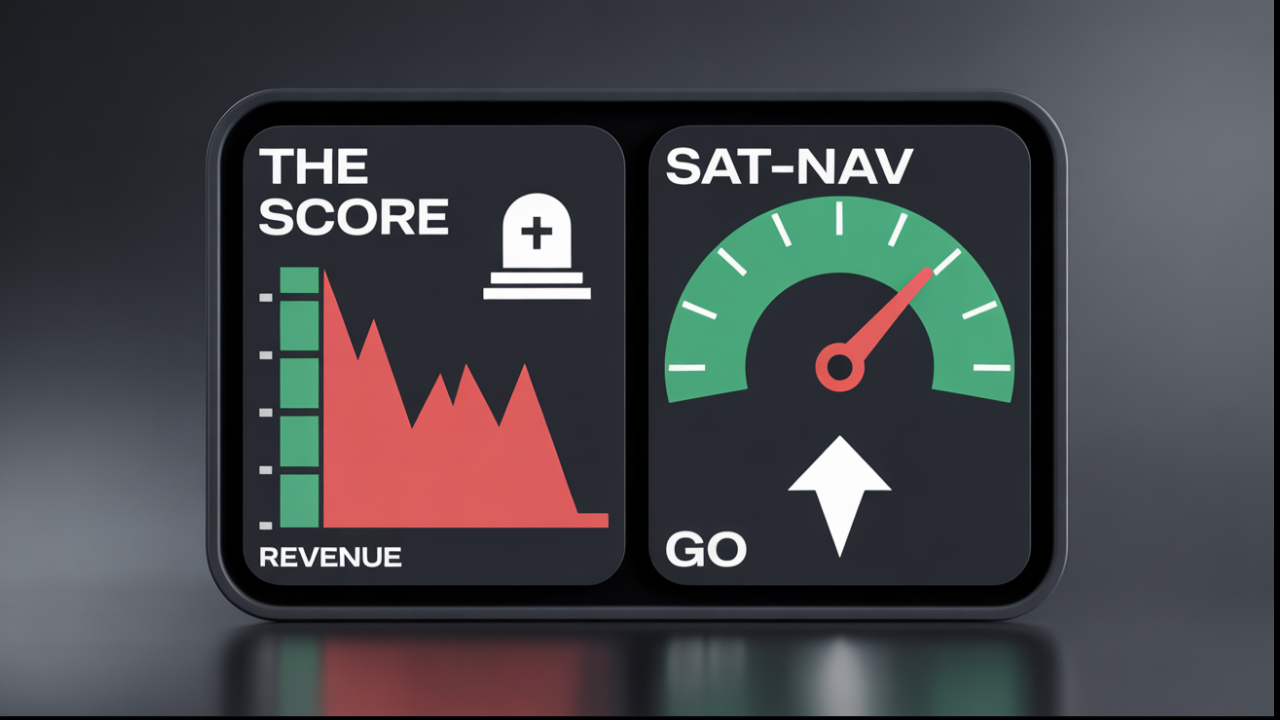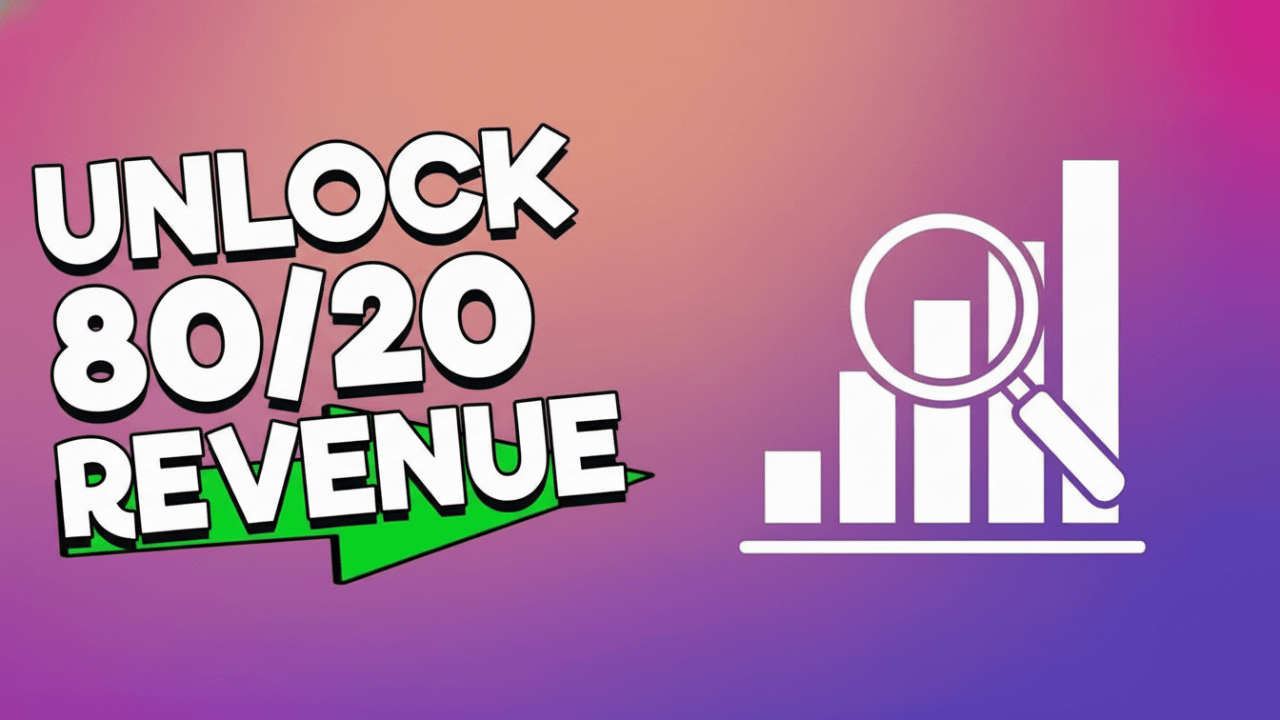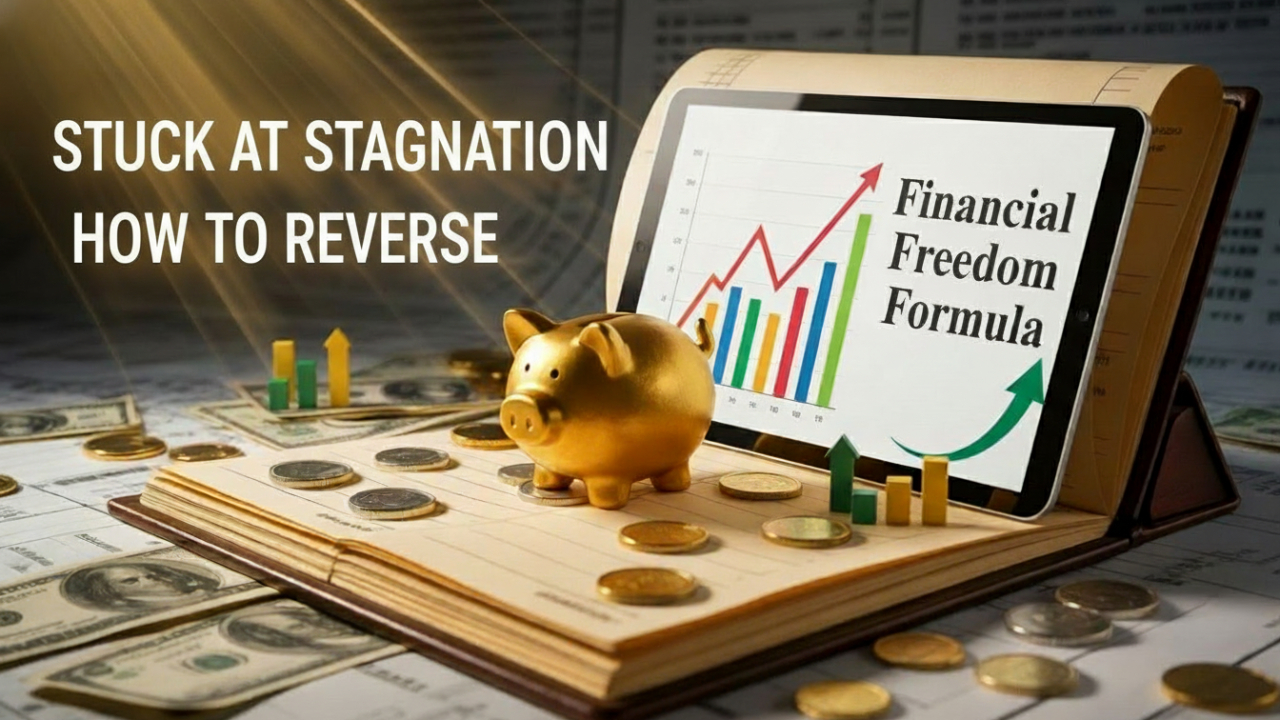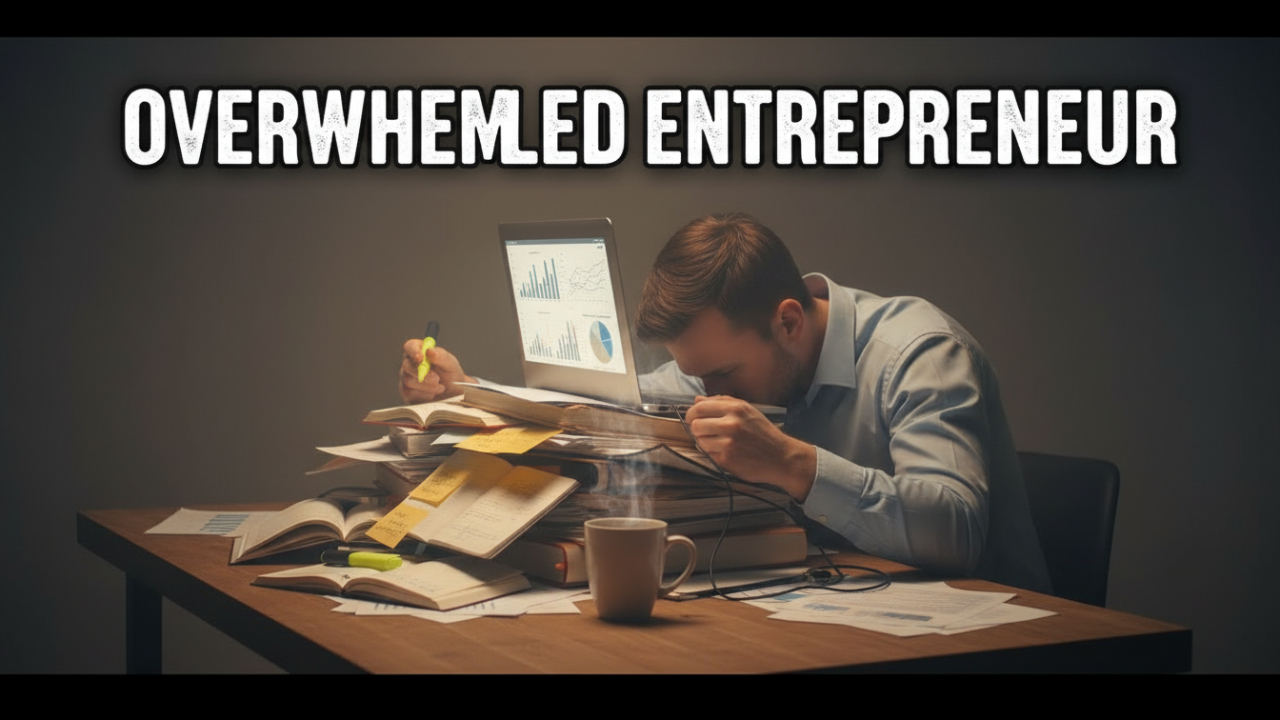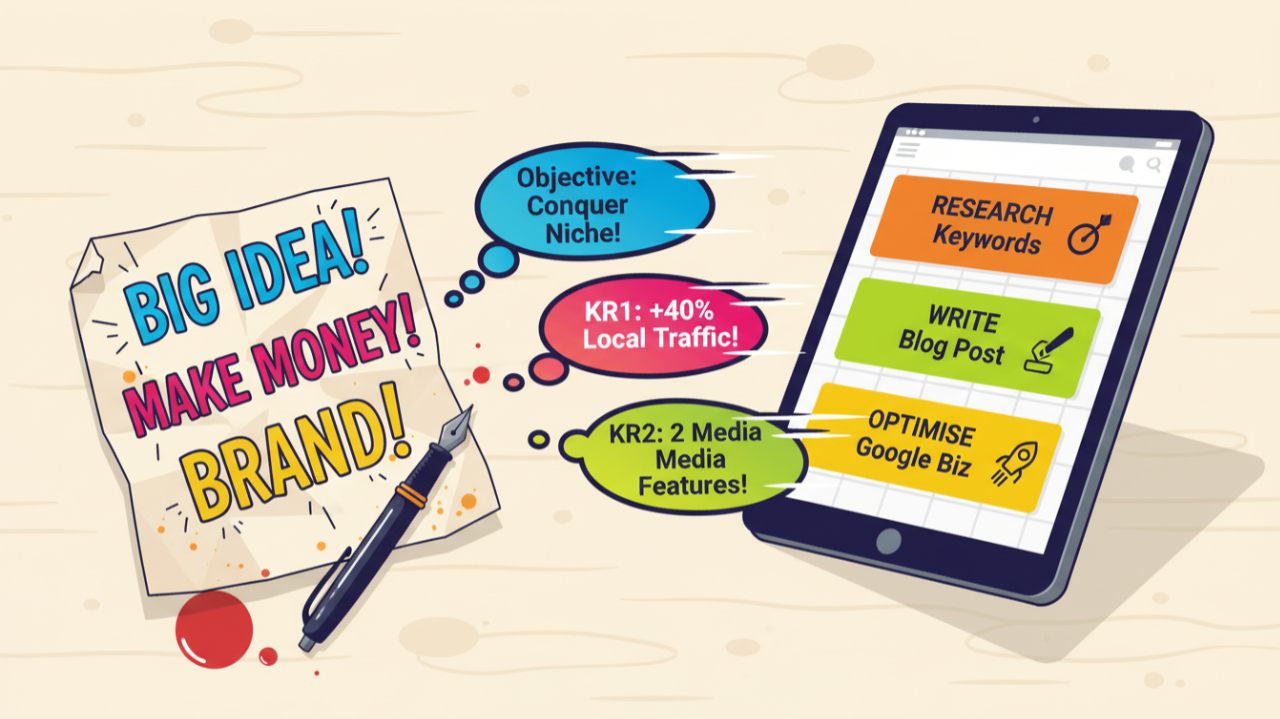How to Make Breakthrough Business Decisions When You Feel Like You’re On Your Own
It’s 3 AM. The house is quiet, the city is asleep, but your mind is running a marathon. You’re staring at the ceiling, replaying the pros and cons of a decision that feels like it could either make or break your year. Should you sign that huge lease for a new office? Should you hire that expensive senior person who could transform your sales, or is it too much of a risk right now? Should you pivot your core service, the one that got you here in the first place?
If you run a small business, you know this feeling. Even with a brilliant team of five, ten, or twenty people looking to you for direction, when it comes to the big, scary, company-defining choices, the weight lands squarely on your shoulders. There’s no board of directors to vote on it, no C-suite to debate it with. It’s just you. The pressure is immense, and the isolation can be just as challenging.
Making decisions in a vacuum is one of the riskiest things you can do as an entrepreneur. Your perspective is, by definition, limited. Your biases are unchecked. Your anxieties can cloud your judgment. But it doesn't have to be this way. I’ve been there, staring at that same ceiling, and over the years I’ve found that you can build a support structure around yourself that acts as your own personal board of directors. It’s a proven framework that combines clear strategy, trusted mentors, and a group of your peers. It’s how you stop feeling like you’re on your own and start making decisions with clarity and confidence.
The Echo Chamber of One: Why Solo Decisions Are So Tough
Before we dive into the nuts and bolts of the canvas, it’s worth taking a second to think about ‘why’ this approach works so well. It’s not just about saving paper. The philosophy runs much deeper.
In business, I think we often mistake complexity for sophistication. We believe a thick report must be more intelligent than a simple diagram. But in my experience, the opposite is true. True genius lies in simplicity. It’s about distilling the noise down to the essential signal. Anyone can make something complicated. It takes real effort and deep understanding to make it simple.
A one-page plan forces you to do that hard thinking. It’s a constraint that breeds creativity and, more importantly, clarity. When you only have a small box to write in, you can’t afford to use vague corporate jargon. You have to be precise. You have to make choices. And making choices is the very essence of strategy.
Introducing the Pathfinder Growth Canvas
Let’s be real about the experience. When you are the final word, every decision carries the full weight of responsibility. If it goes right, the victory is sweet, but if it goes wrong, there’s no one else to point to. It’s your call, your fault. That pressure can lead to some pretty unhelpful behaviours that I’m sure we all recognise.
First, there’s the overthinking. You create spreadsheets with 27 columns. You read every article on the internet about your particular dilemma. You play out a thousand different scenarios in your head, most of them ending in disaster. You get stuck in a loop, and the sheer volume of information becomes paralysing rather than empowering.
Then there’s the lack of perspective. We all have blind spots. We fall in love with our own ideas or, conversely, we’re overly critical of them because of a past failure. Without someone to gently say, “Have you thought about it this way?” or, “I think you’re missing a huge opportunity here,” you’re essentially navigating with one eye closed. You’re living in an echo chamber where your own assumptions go unchallenged.
Finally, there’s simple decision fatigue. Running a business requires hundreds of small decisions every single day. What to post on social media, how to reply to that client email, which supplier to pay first. By the time a truly significant decision lands on your desk, your brain is already exhausted. It’s like trying to run a final sprint after you’ve already completed a marathon. Your capacity to think clearly and strategically is shot.
This is why having a sounding board isn’t a luxury; it’s an absolute necessity. A sounding board isn’t someone who makes the decision for you. It’s someone who can listen, question, and reflect your own thinking back at you, but through a different lens. It’s the tool that breaks you out of the echo chamber.
Your Internal Toolkit: Frameworks for Clarity
Before you can effectively ask for outside help, you need to get your own thoughts in order. You can’t walk into a meeting with a mentor and just say, “I don’t know what to do.” You need to do the groundwork first. This is about building your internal compass, using established strategies and frameworks to turn a messy, emotional problem into a structured question.
It all starts by reconnecting with your vision. Why did you start this business in the first place? What is the long-term mission? When you’re faced with a complex choice, your vision is your North Star. For example, let’s say your company’s vision is to be the most trusted, high touch provider of bespoke marketing services for local businesses in the North of England. A massive, but low margin, national project comes along. It promises a big injection of cash, but it would stretch your team thin and force you to deliver a generic, cookie cutter service. Looking at your vision, the choice becomes clearer. The project might offer short term gain, but it pulls you away from who you want to be. Clarity on your mission simplifies everything. It’s the first filter for any major decision.
Once you’re aligned with your vision, it’s time to gather some information, but not all of it. This is where many of us go wrong. You don’t need to know everything; you just need to know the right things. Focus on the key data points. What do your financials say? What’s your cash flow situation? What are your key performance metrics telling you about customer satisfaction or operational efficiency? Look at market trends, but don’t get lost in them. Targeted research beats boiling the ocean every time. The goal is to inform your decision, not to drown it in data.
With your vision clear and your key data in hand, you can apply a framework to structure your thinking. These aren’t rigid rules, they’re just tools to organise your thoughts.
- SWOT Analysis (Strengths, Weaknesses, Opportunities, Threats): The old classic. It’s perfect for big, strategic decisions like entering a new market or launching a new product line. It forces you to look at the situation from four distinct angles, both internal and external.
(Checkout or download here)
- The Eisenhower Matrix (Urgent/Important): I think this is less for huge strategic shifts and more for making decisions about resource allocation and priorities when you feel overwhelmed. It helps you distinguish between what’s genuinely important for your long term goals and what’s just shouting for your attention right now. It’s my go to for a chaotic Tuesday morning.
(Checkout our download here)
- The OODA Loop (Observe, Orient, Decide, Act): This comes from military strategy and it’s brilliant for fast moving, competitive situations. You observe what’s happening in the market, you orient yourself based on your vision and data, you make a quick decision, and you act. Then you immediately start observing again to see the results. It’s a framework for agility.
- Cost-Benefit & Risk Analysis: This is just common sense on paper, but it’s amazing how often we skip it. What is the potential upside of this decision in real financial terms? What’s the potential downside? And what is the probability of each? This is essential for any decision involving a significant financial outlay.
Choosing the right framework depends on the decision. Is it about long term strategy? Use SWOT. Is it about speed? Use OODA. Is it about money? Use a Cost Benefit Analysis. The tool itself is less important than the process of using it. It forces you to move from vague anxiety to structured analysis. Now, you’re ready to talk to someone.
Building Your Personal Board: Mentors and Peers
This is the part that truly changes the game. Once you’ve done your internal homework, you need to get out of your own head and leverage the wisdom of others. This isn’t a sign of weakness; it’s the hallmark of a smart, secure leader. Your personal board of directors has two key components: mentors and a peer group.
A mentor is not just a cheerleader. A good mentor is someone who has been where you are, or is a few steps ahead, and is willing to offer candid, challenging advice. Their job is to poke holes in your logic and spot the blind spots you can’t see. A great mentor is the person who, after you’ve proudly presented your brilliant plan, leans back, takes a sip of their coffee, and says, “Okay, but what happens if your biggest client leaves the month after you sign that lease?” They aren’t there to give you the answers, but to ask the questions that lead you to a better answer.
Finding the right mentor in the UK can feel daunting, but there are plenty of avenues. Look to industry bodies, local Chambers of Commerce, or even platforms like LinkedIn. The key isn't to find the most famous CEO you can. It’s about finding someone whose experience is relevant to your challenges and with whom you have some chemistry. When you meet with them, be prepared. Don’t waste their time. Send them a brief summary of the decision you’re facing, including your own analysis using one of the frameworks above. This shows you respect their time and allows you to have a deep, productive conversation.
PS: We also offer this provision in all our programmes and as a
standalone service.
The second part of your board is your peer group. This is different from a mentor. A peer group is a small, trusted circle of other business owners who are in the trenches with you. They aren't necessarily ahead of you; they're alongside you, facing similar struggles. The value here is in the shared experience and diverse perspectives. You might have a tech founder, a retail shop owner, and a consultant in your group. When you bring your problem to them, you get three or four completely different angles on it.
I was once part of a group where a member was about to invest a huge sum of money into a custom software build. He was convinced it was the only way. But another member of the group, who had been burned by a similar project, asked him a simple question: “Have you looked at the off-the-shelf solutions that could do 80% of what you need for 10% of the cost?” It was a question born from painful experience, and it saved our friend a fortune and a world of heartache. That’s the power of a peer group. They provide validation, sanity checks, and candid feedback from people who truly get it.
This kind of collective insight is exactly what our Pathfinder Peer Group, part of the Pathfinder Growth Programmes, is all about. These small, confidential groups bring together like-minded business owners—people navigating similar challenges and opportunities—to share their hard-won lessons and help each other make better decisions. Whether it’s checking assumptions, brainstorming ideas, or throwing up red flags you might not have spotted, the power of the group dynamic can’t be overstated.
You can find these transformative peer groups through organised networks, like ours, or you can take the first step in gathering one locally with business owners you trust. The two keys? Absolute confidentiality and the willingness to be both open and honest. Real growth comes from those real conversations.
The Final Call: Integrating, Acting, and Learning
You’ve clarified your vision, you’ve gathered your data, you’ve applied a framework, you’ve consulted your mentor, and you’ve pressure tested your idea with your peers. Now what? The final decision is still yours, and this is where you need to integrate all that external input with your own intuition.
Your gut instinct is a powerful tool. It’s not magic; it’s your brain’s subconscious processing of all your past experiences, successes, and failures. It’s data, too. When your gut feeling aligns with the data and the advice you’ve received, you can move forward with a huge amount of confidence. But what if it doesn’t? What if your gut is screaming “no” while everyone else is saying “yes”? That’s a signal to pause. It doesn’t necessarily mean your gut is right, but it means there’s something you haven’t uncovered yet. Go back and dig deeper. What is that feeling trying to tell you? Is it fear, or is it a genuine, unarticulated risk? Balancing validated advice with your own intuition is the art of great decision making.
Once you make the call, you need to treat it not as a final destination, but as the beginning of a new feedback loop. This is where the learning happens. I highly recommend keeping a “decision log.” It can be a simple document or spreadsheet. For every major decision, write down:
- The Decision: What you decided to do.
- The Rationale: Why you made that choice (including the data, frameworks, and advice you used).
- The Expected Outcome: What you thought would happen.
- The Actual Outcome: What really happened a few months down the line.
Reviewing this log periodically is one of the most powerful professional development exercises you can do. You’ll start to see patterns. Maybe you’ll notice you consistently overestimate revenue from new projects, or you’re too risk averse when it comes to hiring. This log turns every decision, good or bad, into a valuable lesson. It transforms wins and losses from emotional events into data points that make your next decision better, faster, and more confident. Mistakes stop being failures and start being tuition fees for your real world MBA.
You’re Not Alone, So Stop Acting Like It
Look, running a small business is complicated enough. Your strategy for growing it shouldn’t add to the chaos. It should be a source of clarity and confidence. It should be your guide in the fog.
Condensing your entire marketing and sales plan onto a single page forces you to make tough choices, to get crystal clear on your priorities, and to build a cohesive system where every part works together. The Pathfinder Growth Canvas is a proven way to do this. It brings marketing, sales, and customer experience together into one unified, actionable plan.
The result is less time spent in confusing meetings and more time spent doing the work that actually grows your business. You get a team that is aligned, decisions that are faster and smarter, and a business that can adapt and thrive in a constantly changing world.
So, my challenge to you is this; start mapping. You might be surprised at the clarity that emerges when you give your strategy the space to breathe, all on a single page. And as always if you need experience and expertise in doing this
contact us here.
Additional Resources:
For further material on related topics, consider exploring the following:
Break Free from the Busywork—Find Your Clear, Proven Path to Business Growth
Stop spinning your wheels and start seeing real progress with the Pathfinder Growth Programme. In just 12 weeks, we’ll cut through the noise, strip away overwhelm, and give you a focused roadmap tailored to your business.
Work side-by-side with your dedicated strategist, gain powerful tools like the Pathfinder Growth Canvas, and finally know the three things that actually move your business forward each week. No more guessing—just clarity, confidence, and growth.
Message Us: Contact Form
Phone: 0330 311 2820
We look forward to helping you discover your unique path to growth, strategies that fit you - not the other way round.
Pay It Forward! Sharing Is Caring!
